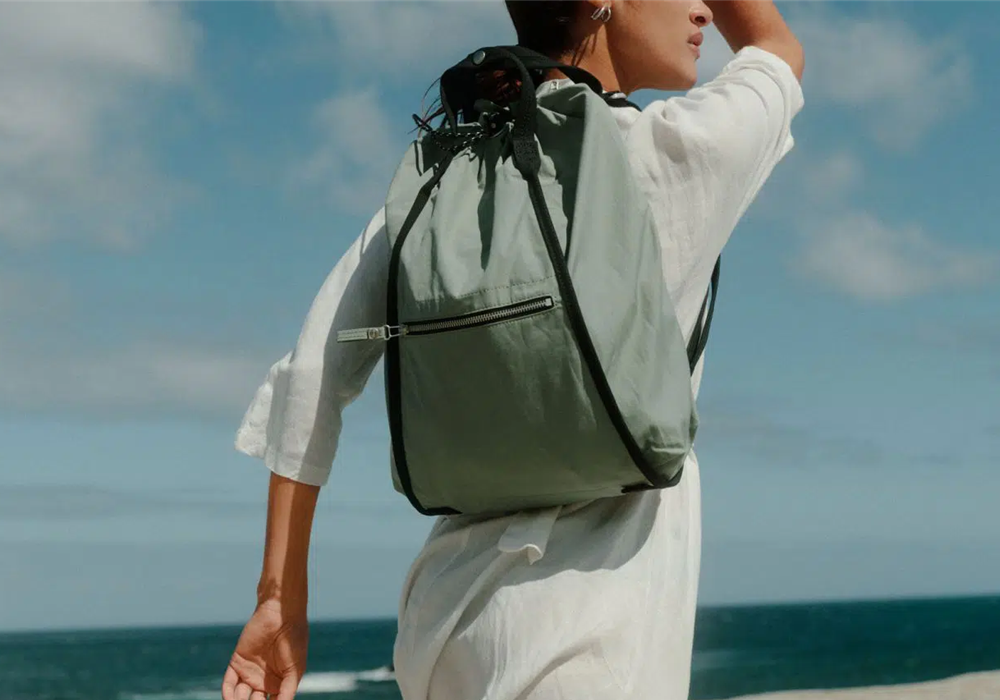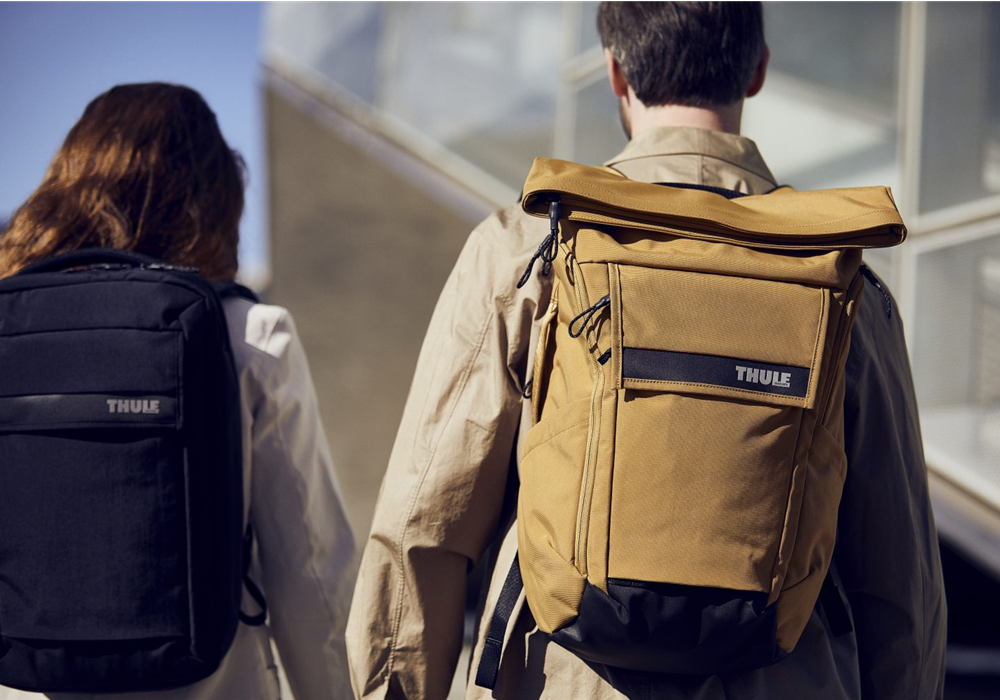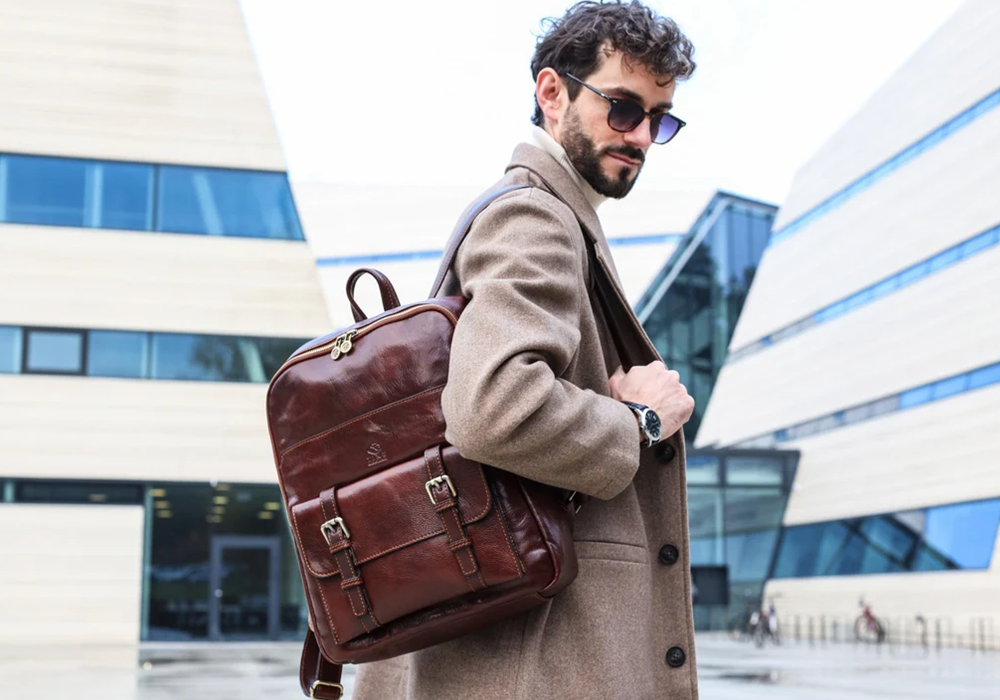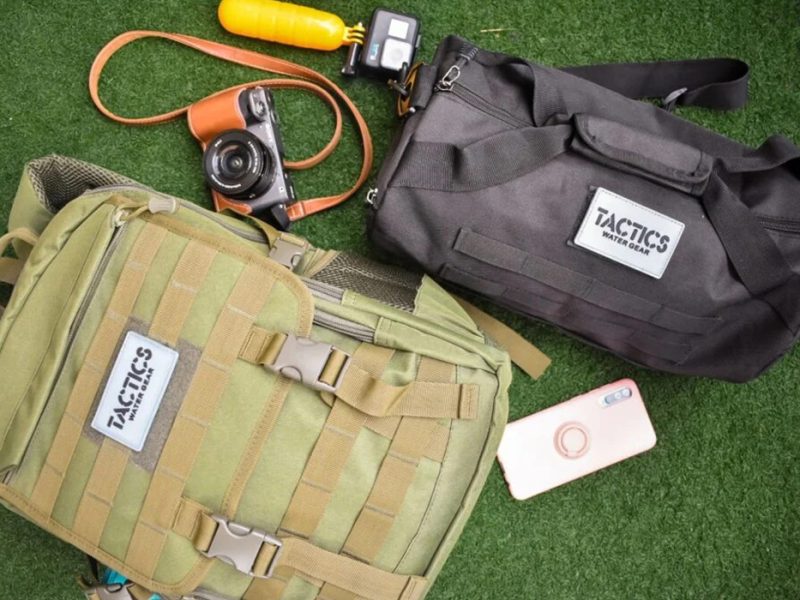Backpacks are our moving warehouses and homes when hiking. A reasonable selection of backpacks can help reduce fatigue and risks during hiking and enable us to fully experience the charm of the wilderness. Here are some introductions about backpacks.
The structure of the backpack mainly includes 3 parts: Main Compartment, Suspension System, and Auxiliary Structure.
1. Main position
The main compartment is usually divided into three parts, the lower part is the Sleeping Bag Compartment, the upper part is the Grocery Compartment and the Hydration Reservoir Compartment.
The upper and lower parts are separated by a partition arranged at the lower part of the main compartment. The main compartment usually has three openings at the top, side, and bottom.

2. carrying system
The carrying system consists of Shoulder Strap, Frame, Hip Pad, hip belt, Sternum Belt, Back Pad, and Auxiliary Lace, whose function is to carry equipment and transfer its weight to the body.
According to the ergonomic design of the back, it can effectively transfer the weight of the backpack to the waist as much as possible, and reasonably distribute the remaining load to the shoulders and back, avoiding concentrated stress in one place.
3. Subsidiary structure
Accessory structures are located around the main compartment and include side packs, sub-compartments, top packs, crampon suspension points, and compression straps.
Side bags usually have a tightening strap at the top of the bag, which can be used to hold water glasses, snacks, etc.

The kangaroo compartment is located on the outside behind the main compartment of the backpack. Since there is a water diversion hole at the bottom, we usually put wet items in it.
Top bag, the current top bag of mainstream backpacks has at least 5 liters, which can be used to store small but commonly used items such as flashlights, power banks, spare batteries, and emergency medicines.
The crampon hanging point is used to place crampons, and crampons are rarely used in ordinary hiking routes.
The main compartment compression belt is used to tighten the main compartment after the backpack is installed, to ensure that the items in the main compartment are placed firmly and fit closely, and ultimately ensure the stability of the backpack.


